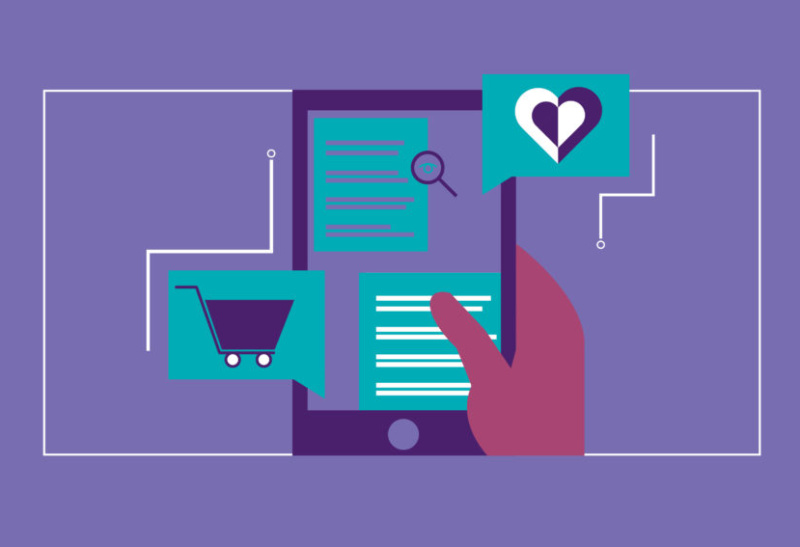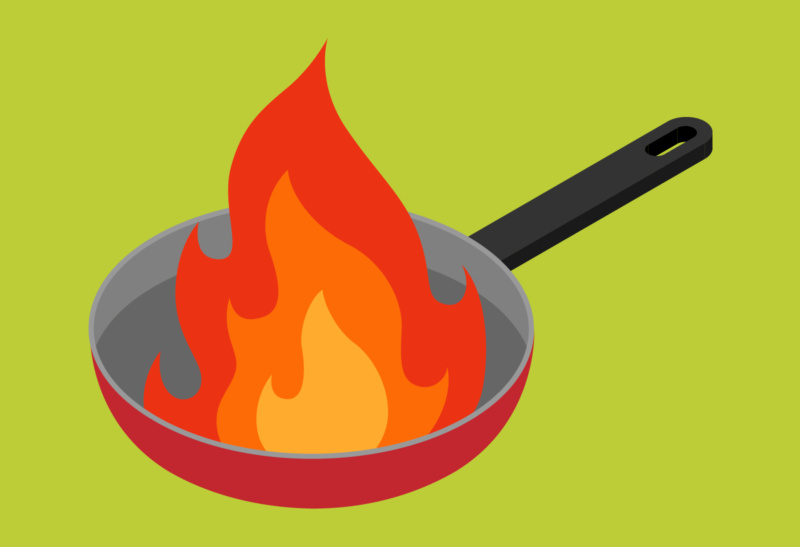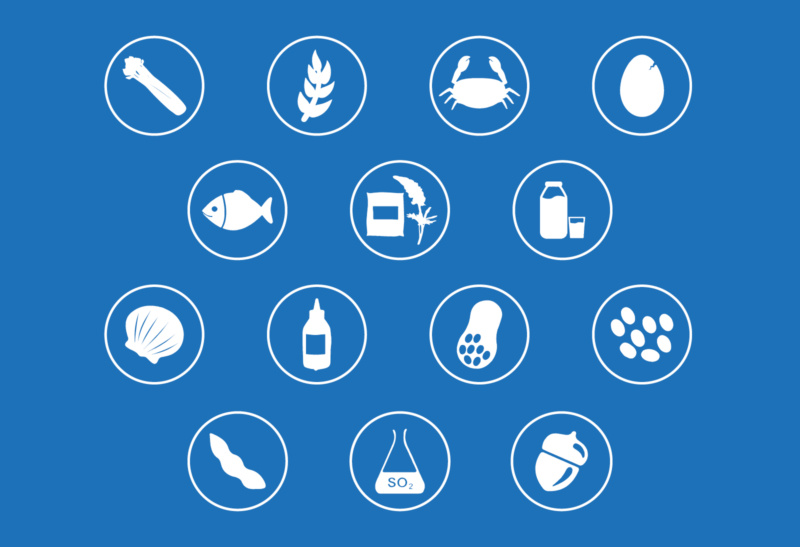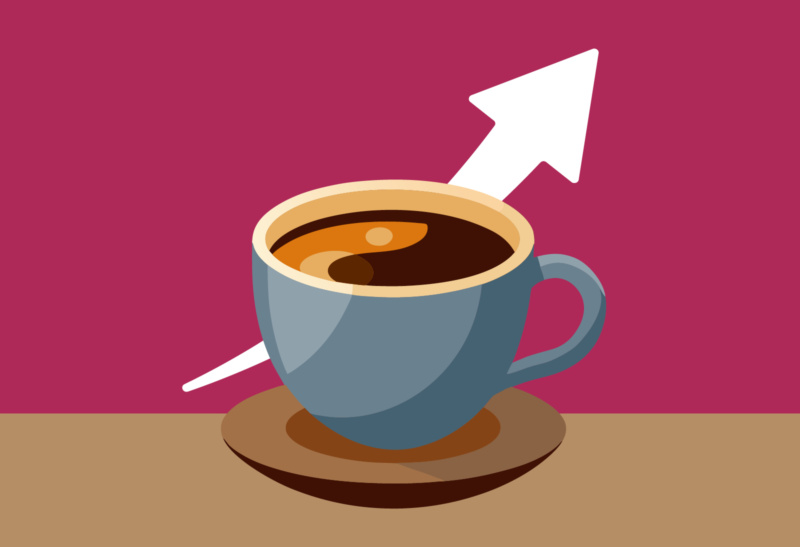Consumers are increasingly becoming time-poor and more demanding. Everything is expected instantly, particularly with millennial’s like myself (sorry!), and even more so with generation Z’s (who are the first generation to be brought up as digital natives). Savvy contract caterers have realised that this is a great opportunity to keep consumers on-site; they are looking to improve experience through using technology to learn more about their customers and provide a better service.
To support you with not being left behind as the digital world takes over, I’ll go through some of the ways contract caterers can take advantage of the change:
Mobile payments/contactless
The number of debit card payments has now overtaken cash payments in the past year, which is attributed to the introduction of contactless payments and how this has taken a firm grip of everyday spending in the UK.[3] Consumers, particularly the younger generations, are more reluctant to carry cash nowadays because of the simplicity of either using their phone or their contactless card to pay. Your customers are often in a rush and if they know that they can quickly pay and collect their food, they are more likely to come back again in the future. This ease of paying is only going to grow and it is an expected form of payment in most places these days.
Self-serve
In recent times, consumers are becoming more used to self-service machines since they are becoming commonplace in supermarkets. Now self-service machines are also making their way into restaurants, such as McDonalds, who are rolling these out to all of their sites. Self-service kiosks cater for those with little time and wish to get something quickly, without queueing. However, it also benefits you as it means that it frees up additional time for your employees to focus on customer service, ensuring a better experience for your customers. The healthy eating restaurant, Tossed, have taken this one step further with how they are using self-serve tech. They’ve introduced unmanned, cashless kiosks at their sites as a way of reducing queues, removing cash from the business, providing a unique experience and supporting its green credentials.[4] They’ve also made it completely customisable so that their food suits all of their customers’ health and taste requirements. Being able to customise meals is the biggest reason why customers choose to use on-site catering more often,[5] so the more you can use tech to help you provide customisation, the better. For more on personalisation of meals, see my blog here.
Digital signage/media
There’s no longer the need for just having paper menus on site. You can now display your menus in a more aesthetically pleasing way on screens, which gives a perceived sense of quality for your brand. Another great way to demonstrate your offer on digital is to use social media. Instagram, in particular, is great for catching your customers’ eye with fantastic photos of your offering. When browsing their feed, followers and customers can see exactly what is going to be on offer which will aid their decision-making. The importance of consumers seeing images is pivotal because the human brain processes images up to 60,000 times faster than just text,[6] so this is a great tool to get employees attention and influence their decision-making.
Multifunctional apps
Thanks to advances in technology it is now easier than ever to build relationships and understand your consumer’s need. There are multifunctional apps available now that mean consumers can pick their choice of food, order it, and then go down and collect it – perfect for the time-poor consumer! Not only does this encourage more customers to visit, but it also encourages them to pay more. This is due to the fact that many of these apps incorporate loyalty schemes, offering rewards and gifts to consumers who spend with them. For more on loyalty schemes, I wrote a blog on how loyalty cards can boost your sales. Not only this, but it also helps those consumers who want more control of what they’re eating as you can use the apps to show the nutritional value of meal options. These are great CRM systems that allow you to understand your consumer needs better, build relationships with them and then tailor your offer to make sure that you have what your consumers want available.
What’s next?
Looking even further forward into the future, it’s difficult to say how far the digital age will go. Our Head of Insight & Customer Experience, Sarah Whiddett, recently discussed just how far it could go in terms of personalisation, with things such as DNA dating pairing apps, VR dining experiences and 3D printed meals all being potentials. However, going forward in the less scary shorter term you can expect new technology to encourage more personalised approaches being adopted all in the aid of making the process of buying food and drink from contract caterers as quick and easy as possible. For more on future thinking for contract catering, I have previously discussed the top factors that need to be considered here.
[1] John Chambers, Executive Chairman, Cisco System
[2] McKinsey Global Institute’s Industry Digitization Index
[3] UK Finance, 2018
[4] Hospitality and catering news, 2018
[5] Daytime Diets and Meal Planning Research, ABA, 2018
[6] Brightedge, 2019



